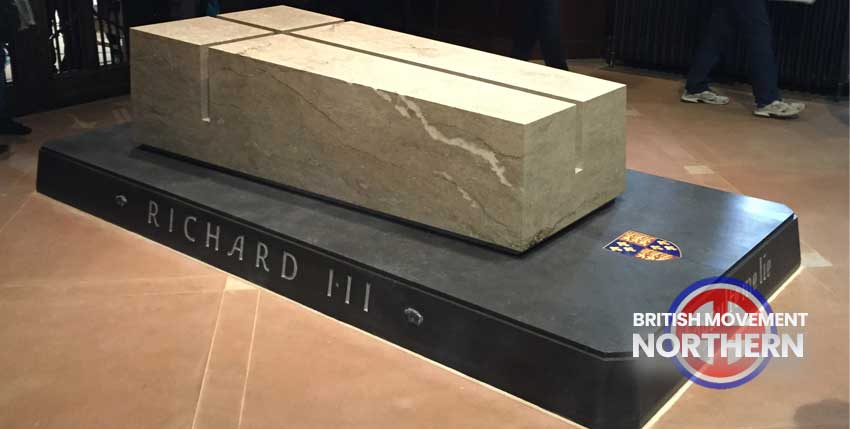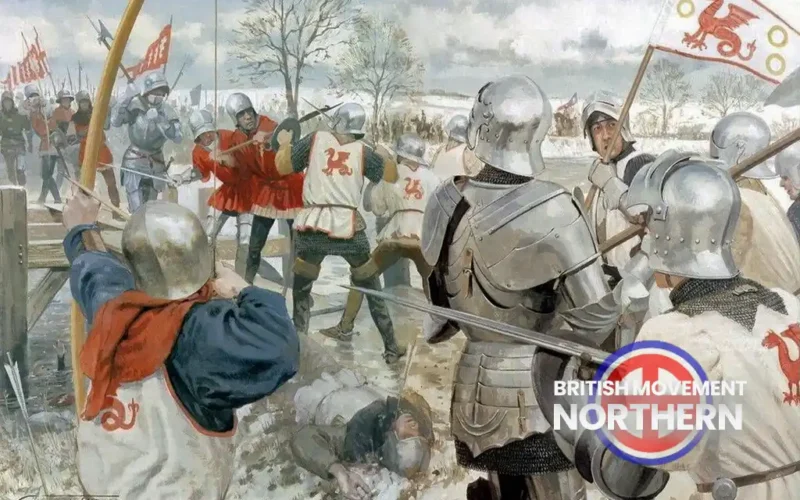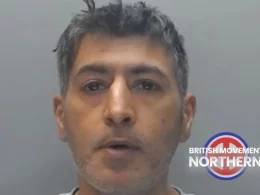Last weekend marked the anniversary of the Battle of Ferrybridge, which took place on March 28, 1461. Ferrybridge is situated less than 20 miles from the centre of Leeds and 11 miles from Towton. The conflict was between two sides of the Plantagenet family: the House of York and the House of Lancaster.
The day after Ferrybridge, the two major armies would meet in a fierce confrontation that would go down as one of the bloodiest battles ever fought on English soil – Towton. The death toll was said to be 28,000.
Hostilities had broken out in 1455, when Richard Duke of York rebelled against King Henry VI and ambushed him and his chief followers at St. Albans. This marked the beginning of the Wars of the Roses. The followers of the Duke of York were called Yorkists and, as King Henry VI was also Duke of Lancaster, his followers were called Lancastrians.
The Lancastrians were identified by the red rose, while the Yorkists were linked to the white rose. It became known as the Wars of the Roses after the conflict had finished. The Wars of the Roses ended in 1485, following Henry Tudor’s victory over Richard III at Bosworth and his marriage to Elizabeth of York, which united the two families.
On March 27, 1461, Richard Neville, the Earl of Warwick, spearheaded the Yorkist forces heading to Ferrybridge. The Lancastrians had destroyed the bridge that spanned the River Aire, making it impassable. The Earl of Warwick then ordered repairs, directing his men to use wooden planks to restore the bridge’s functionality.
The Battle of Ferrybridge
On March 27th and 28th, 1461, the Battle of Ferrybridge unfolded, forming a part of the Towton Campaign’s ongoing conflicts. Ferrybridge was an important site in northern England during the later Medieval era, known for its stone bridge that spanned the River Aire. This bridge was the only reliable crossing during floods, making it a vital strategic point for troop movements in the area.
The Yorkist forces needed to get across the River Aire, and they had two main options: Ferrybridge, which featured a sturdy 13th-century bridge that could withstand floods, or Castleford, known for its ancient Roman crossing. The other routes to the west were challenging, as they required moving a supply train through the Pennine hills, allowing the Lancastrians to easily defend their position by complicating the crossing. This is precisely what unfolded at Ferrybridge.
Thomas Clifford led a surprise morning attack on the Yorkist troops at the bridge with his Lancastrian forces. The small Yorkist advance team was swiftly defeated, with most being killed and a few bloodied survivors retreating to their main camp. Following this, Edward ordered the bridge to be captured, turning the Battle of Ferrybridge from a simple skirmish into a bloody struggle.
Clifford’s grip on the bridge was a major worry for the Yorkists. They were taking heavy casualties, with one source estimating about 3,000 men either killed or injured. To have a chance against Clifford, they needed to strike from the side. This involved sending a cavalry team to Castleford, crossing the river, and then attacking from the other side.
Clifford, however, was ready for this strategy. The area between Castleford and Ferrybridge was riddled with marshland. Some accounts suggest that many Yorkists lost their lives in these marshes, but it’s unclear if it was due to Lancastrian ambushes or the natural conditions. While retreating on the road to Castleford, Clifford was pursued by Yorkist forces who caught him at Dintingdale. There a battle unfolded and Clifford was killed.
Ferrybridge is commonly viewed as a small-scale battle that set the stage for Towton. The records indicating 3,000 casualties show that it was certainly more than a trivial skirmish. For context, that casualty figure ranks it among the 20 most brutal battles in England, even more so than Bosworth. Traditionally, it’s thought that the battle involved a fierce contest on the bridge, where the Lancastrians were overwhelmed by numbers, allowing a small group to cross.
Thanks to the Battle of Ferrybridge, the Yorkists were able to assemble the necessary forces to cross the River Aire the next day. When the two factions faced off at Towton, it became one of the most important battles of the Wars of the Roses. The Yorkists achieved a stunning victory, leading to the deaths of many key Lancastrians and solidifying Edward’s claim to the throne.
The Victors Write The History Books
Richard III (2 October 1452 – 22 August 1485) was King of England from 26 June 1483 until his death in 1485. He was the last king of the Plantagenet dynasty.
In August 1485, Henry Tudor and his uncle, Jasper Tudor, landed in Wales with a contingent of French troops, and marched through Pembrokeshire, recruiting soldiers. Henry’s forces defeated Richard’s army near the Leicestershire town of Market Bosworth. Richard was slain, making him the last English king to die in battle. Henry Tudor then ascended the throne as Henry VII.
Richard’s death at Bosworth marked the end of the Plantagenet dynasty, which had ruled England since the succession of Henry II in 1154. The last legitimate male Plantagenet, Richard’s nephew Edward, Earl of Warwick (son of his brother George, Duke of Clarence), was executed by Henry VII in 1499. The present-day ‘Defender of the Faiths’, King Charles, is a direct descendent of Henry Tudor.
In 2012, an archaeological excavation was commissioned by author Philippa Langley with the assistance of the Richard III Society on the site previously occupied by Grey Friars Priory. The University of Leicester identified the human skeleton found at the site as that of Richard III as a result of radiocarbon dating.
The death of Richard contributed to the negative image that his Tudor successors would later push, as it served to validate Henry VII’s grab for the throne. Shakespeare’s play Richard III portrayed him as physically deformed and a murderer. Another account described him as being born with teeth and shoulder-length hair after having been in his mother’s womb for two years.
The way that the vindictive Tudors blackened the name of their hated enemy after 1485 seems very similar to something that happened in Europe only 80 years ago. Those lies, distortions, and half-truths are also well overdue for a revision.

Credits:
Main Images: Battle of Ferrybridge 1461 – painted by Graham Turner.
Lower Image: Isananni, CC BY-SA 3.0, via Wikimedia Commons.
The British Movement welcomes articles for possible inclusion on this site from members and supporters across the North of England. Please remember that we have to operate within the laws of this country; we will not include any content that is against the current laws of the United Kingdom. News reports should be topical and relevant to the regions covered by this website.












